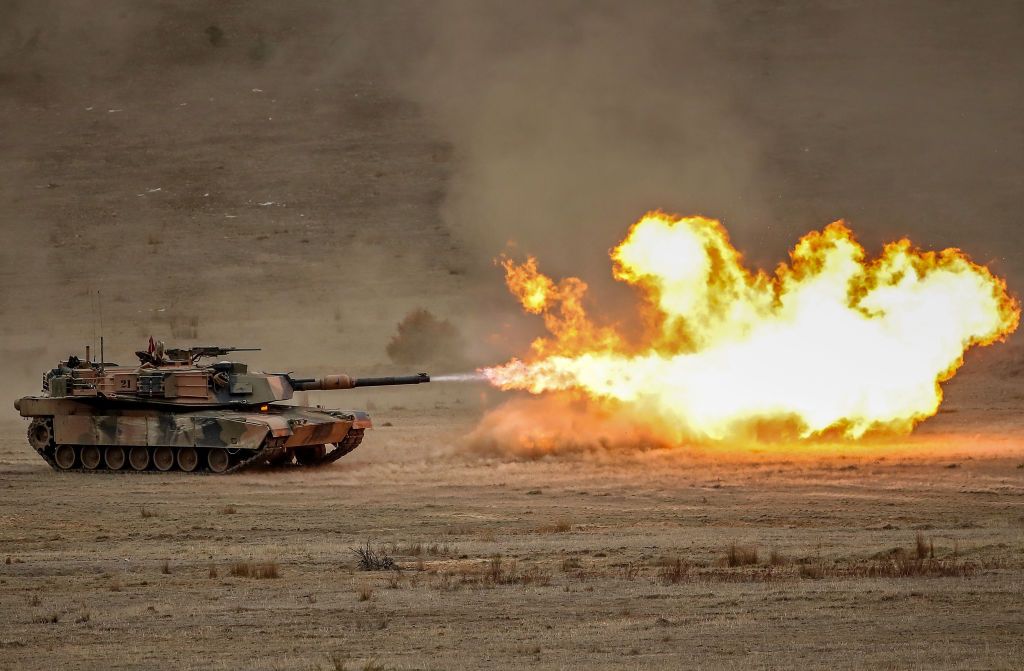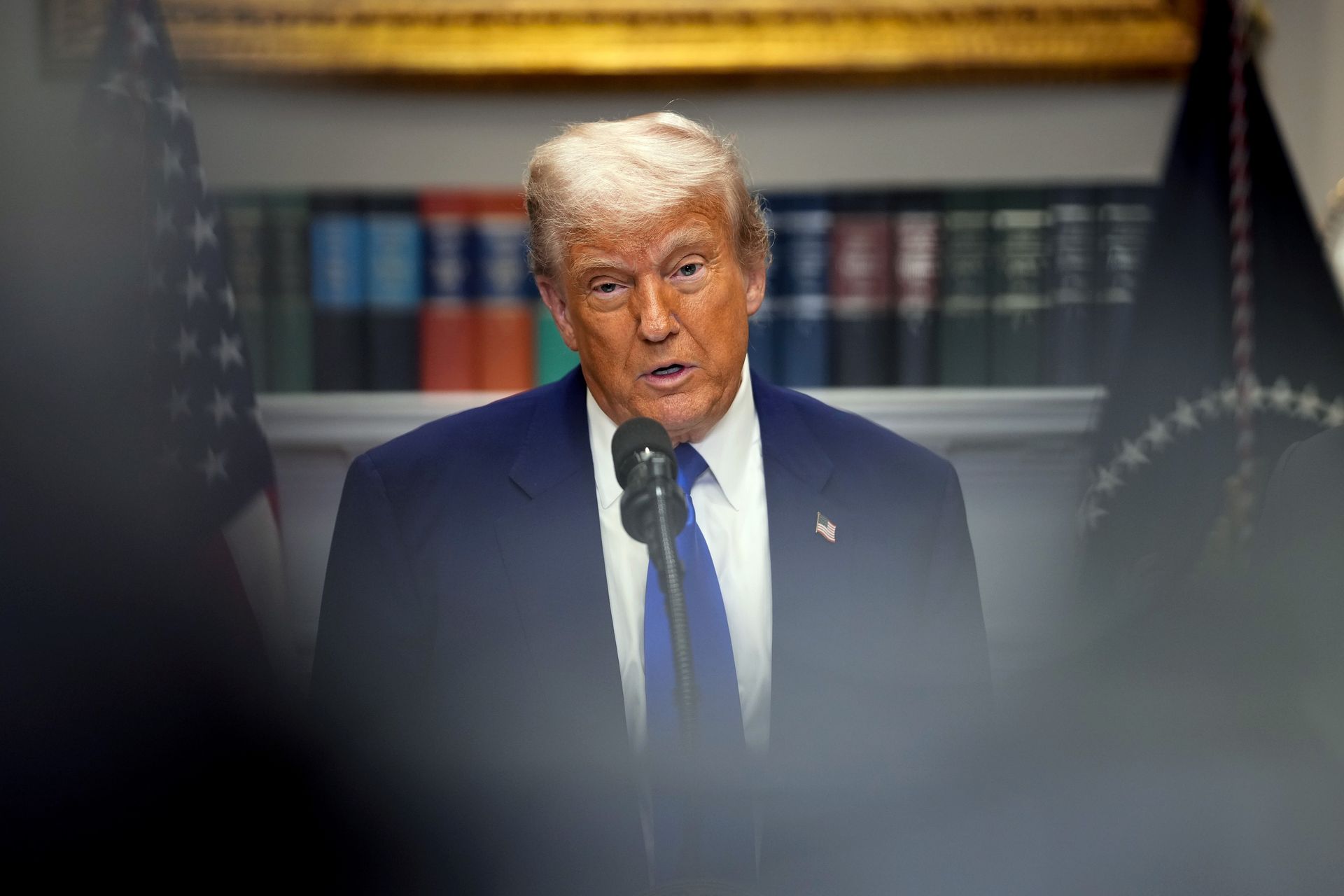"Investors are beginning to kind of understand that. Second, and possibly more importantly, we are also seeing earnings estimates continue to come down, during this just concluded result season, we are in the last few days of it," says Manishi Raychaudhuri, Veteran Investor In Asian Equities.
First up, I want to get a broad sense from you on where you believe the Indian markets are headed. We have had a lot of news flow in terms of let us say the FTA, tariffs, FII buying and selling that has been happening. Ever since we last interacted with you, a lot has changed for the market construct. Do you continue to remain bullish on the markets and what is your outlook for the rest of this year for our Indian markets?
Manishi Raychaudhuri: If we take a step back and look at around the first or second week of April when we first had the Liberation Day tariffs and a roll back of those tariffs or postponement on 9th of April, since then Indian markets and entire Asian markets have had a solid run. They have moved up almost anywhere between 10% to 15% because depending on which market you look at and after that it is time for the Indian market in the near term to take a breather and that is exactly what we are seeing.
Not only have the markets run up very sharply over a short span of time, we are also seeing valuations which are close to about 50% to 55% higher than the Asia ex-Japan average in terms of forward PE multiples and more than 100% higher in terms of forward price to book multiples.
And these averages, if you look at the past 15 years, are usually about 40% and close to 60% respectively. So, it is way higher than the long-term average.
Investors are beginning to kind of understand that. Second, and possibly more importantly, we are also seeing earnings estimates continue to come down, during this just concluded result season, we are in the last few days of it.
The consensus EPS estimates for India both for fiscal 26 and fiscal 27 they are down about 5% to 6%. So, these are the things which are kind of playing in the mind of investors right now.
It is not something to be too worried about over the longer term because we are now seeing some of the green shoots emerge in terms of consumption potentially coming back, even government spending on infrastructure coming back, even interest rates they have begun to be cut and with the very benign inflation environment, we are going to have that kind of a situation in the foreseeable time horizon. So, long-term looks fine, short-term the market would take a breather, maybe bit of a time correction from now.
How do you suppose global equity inflows are going to move and I want to talk about the far east and west both to India given that Japan's long bond warning has been issued, we have seen how their long-term borrowing costs have hit a record high because of demand fears and tariffs are finally sort of biting the economic data points as well. Where do you think the money flow is going to move in the developed world, within emerging markets? How do you think the next few months are going to pan out?
Manishi Raychaudhuri: I mean, over last few months right from the second half of 2024 and the first quarter of 2025 we had this sell emerging markets, buy United States, this trade going on. Now, we are seeing over the past couple of months a reversal of that trade for justifiable reasons.
There is lack of confidence as far as the US markets are concerned. It is partly because of the uneven or this unsettled policy environment that we are seeing over there and as a consequence of much higher inflation expectations, we have also seen bond yields move up, which means that the US bonds, US treasuries which are theoretically and historically being seen as a safe haven investment, they are being sold down and sold down quite badly.
So, this trend for now is likely to continue. We are seeing money move into emerging markets and particularly Asia-Pacific. Anyway, Asia is about 80% of emerging markets. As of now the big gainers have been North Asia which is Hong Kong, China, partly Korea of late and to some extent Taiwan.
Flows have improved in India as well from late April, but they still remain volatile on a day-to-day basis. But I would think that if the present situation continues, which is growth estimates being revised down in the United States and inflation estimates being revised up, which leads to bond yields remaining high over there, then this present flow trend that we are seeing, flows coming out of developed markets into emerging markets would continue for now.
.png)
 German (DE)
German (DE)  English (US)
English (US)  Spanish (ES)
Spanish (ES)  French (FR)
French (FR)  Hindi (IN)
Hindi (IN)  Italian (IT)
Italian (IT)  Russian (RU)
Russian (RU) 








Comments